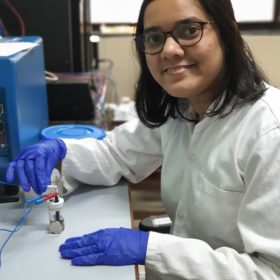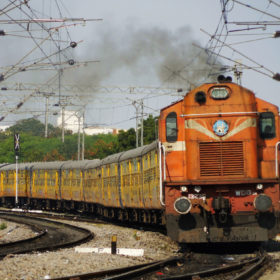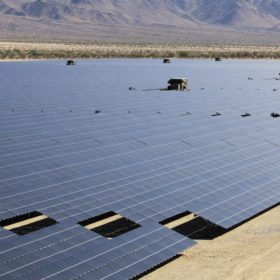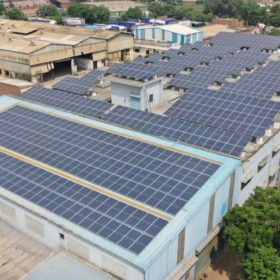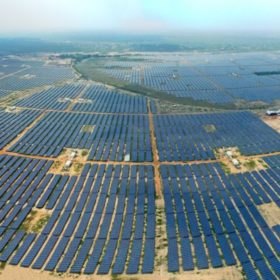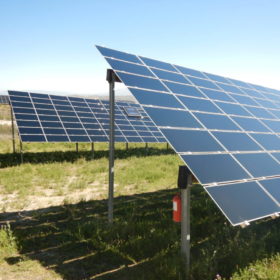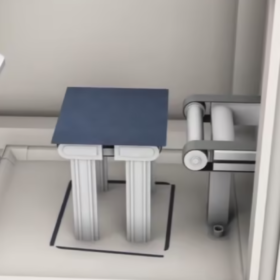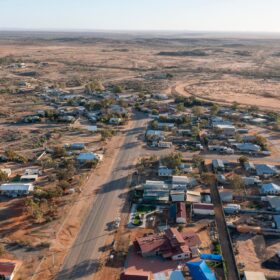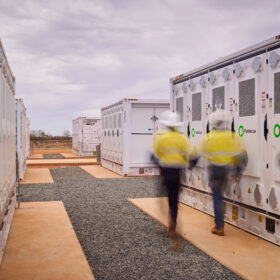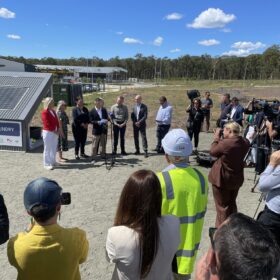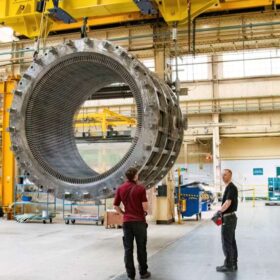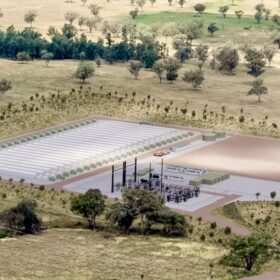Indian researchers increase hydrogen yield three-fold while using less electricity
Researchers at the Indian Institute of Technology Bombay (IIT Bombay) have devised a method that increases hydrogen production up to three times while significantly lowering the energy required for water electrolysis.
Zinc-iron redox flow battery with zero dendrite growth
Scientists in India fabricated a redox flow battery based on zinc and iron that showed strong storage characteristics and no signs of degradation over 30 charge-discharge cycles. The battery also showed no signs of dendrite formation, overcoming one of the key hurdles for redox-flow batteries based on these low-cost, abundant materials.
Indian tenders hydrogen fuel cell technology for trains
The Indian Railways initially plan to convert diesel-powered trains in the 89km Sonipat-Jind section of Northern Railway to run on hydrogen. The hydrogen fuel cell retrofitment kit, along with the balance-of-plant and energy storage and hydrogen storage modules, will replace the existing power-train items onboard 1,600HP diesel-electric multiple unit (DEMU) rakes.
Australian firm partners with JSW Energy on green hydrogen projects in India
Australia-based Fortescue Future Industries has partnered with JSW Energy arm on green hydrogen production and application in India.
First Solar plans a 3.3 GW Indian module fab
The U.S.-based manufacturer is planning a vertically integrated thin-film solar module manufacturing facility in India. The factory will likely be built in Tamil Nadu and become operational in the second half of 2023.
Commercial and industrial rooftops in India could deploy 1,875 MW of solar in 2021
According to a new report, India’s commercial and industrial sectors will increase their rooftop solar deployments by 47% year-on-year, with bifacials and large-size high-wattage modules offering cost-effective support for reducing electricity costs.
India could add 8.5 GW of solar in FY2022
Solar capacity addition in the fiscal year 2021-22 will surge, led by a strong project pipeline. Tariffs will go up amid rising module prices but will remain competitive at below INR 3/kWh (US$ 0.040/kWh).
When does revamping pay off?
With projects in many PV markets ageing past the 10-year mark – with major leaps in technology having occurred in that time – revamping is a popular topic among asset owners. Pv magazine spoke with Asier Ukar, general manager of the Spanish subsidiary of German testing company PI Berlin, to uncover the benefits of revamping PV projects with new components and also to examine the challenges and risks involved.
Transforming lives through solar mini-grids
Smart Power India (SPI), a subsidiary of US-based impact investor Rockefeller Foundation, has supported the setting up of more than 300 renewable energy mini-grids cumulating to 9.2 MW of capacity across Bihar, Uttar Pradesh, and Jharkhand, the largest such cluster in India. Jaideep Mukherjee, chief executive officer at SPI, spoke to pv magazine about the role of mini-grids in rural upliftment and the barriers to overcome.
‘World’s cheapest wafer’ maker plans 2 GW Indian fab
The American business is looking for module manufacturing partners as it plans to bring its ‘direct wafer’ production technique to India. The company uses molten silicon to form wafers rather than sawing ingots, thus eliminating dust waste and speeding up the process.
